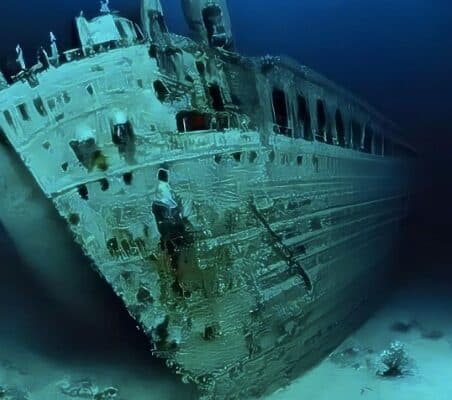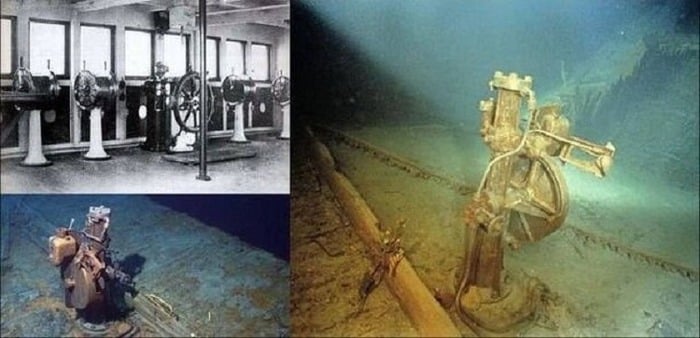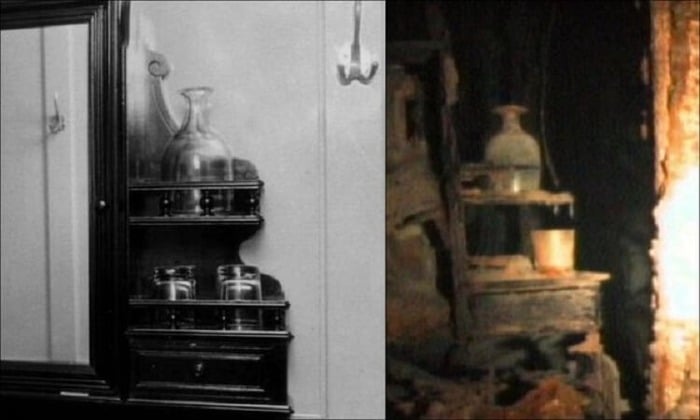Recent advancements in technology have provided an extraordinary opportunity to explore the Titanic wreck site, offering a breathtaking glimpse into one of history’s most famous maritime disasters. For the first time, incredibly detailed three-dimensional images have been captured of the Titanic, which has lain submerged for over a century in the North Atlantic Ocean.

Unprecedented Detail
Researchers recently embarked on an expedition to the Titanic’s resting place, approximately 400 miles off the coast of Newfoundland, Canada. The resulting visuals are described as “extremely detailed, high-resolution,” representing a significant achievement in the field of underwater exploration. These images provide an intricate visual record of the wreck, which is located nearly 12,500 feet below the ocean’s surface.
This innovative imaging technique is revolutionary because it allows scientists and historians to examine the wreckage in ways that were previously impossible. The high-resolution images are anticipated to contribute valuable insights into the vessel’s condition and the historical context surrounding the Titanic disaster.

Legal Proceedings and Artifact Recovery
The newly captured images were presented during legal proceedings in a Virginia courtroom involving RMS Corporation, which holds the exclusive rights to explore the Titanic. The estimated value of the approximately 6,000 artifacts recovered from the Titanic’s wreck is over one million pounds, although the expenses related to search and recovery efforts have significantly exceeded this figure.
This legal context highlights the ongoing discussions around the Titanic’s preservation and the ethical implications of recovering artifacts from such a historic site, as various stakeholders navigate the balance between exploration, salvage, and conservation.
Challenges of Deep-Sea Exploration
Accessing the Titanic wreck has been fraught with difficulties. The site is situated in a harsh and dynamic environment characterized by powerful underwater currents and frequent storms, which have historically complicated efforts to maintain a stable approach. Nevertheless, the new high-resolution images offer “unmatched insight into the Titanic’s final resting place,” illuminating features of the wreck that have remained hidden for decades.

Preserving Legacy and Understanding Our History
The insights gained from this expedition not only enhance our understanding of the Titanic’s past but also serve as a critical part of preserving its legacy. As we continue to explore this iconic shipwreck, these detailed images may lead to further research opportunities, allowing experts to study the artifacts and remains of the ship with unprecedented clarity.
As technology advances, the potential for deep-sea exploration grows, promising even more discoveries about the Titanic and other sunken treasures. This groundbreaking work underscores the importance of marrying cutting-edge technology with historical inquiry to enrich our collective knowledge of underwater archaeology and maritime history.